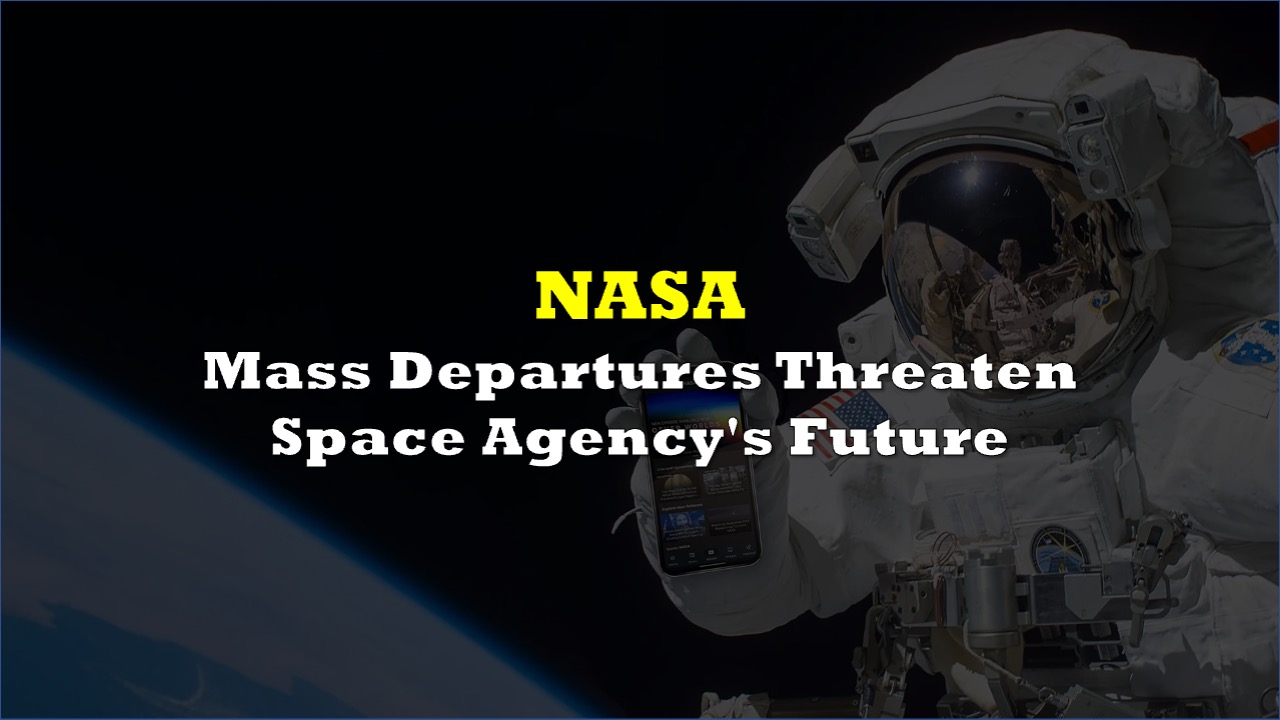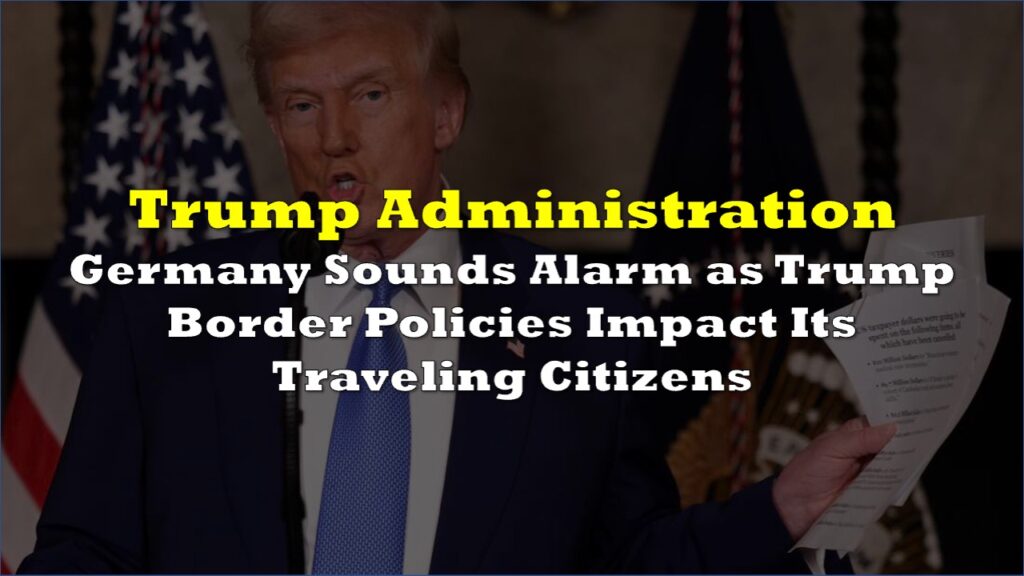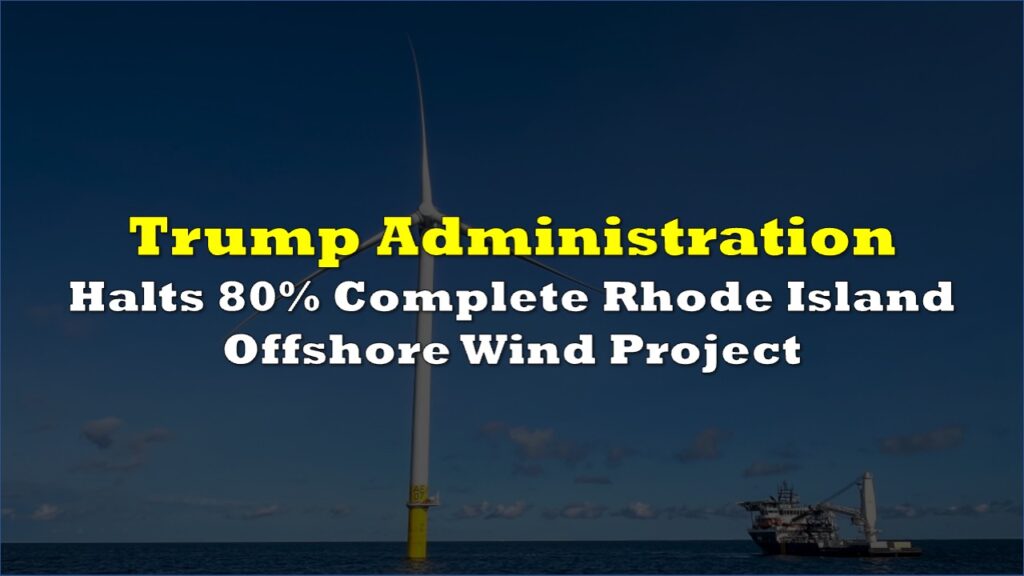NASA faces its most severe crisis in decades as more than 2,100 senior employees prepare to leave, budget cuts threaten to slash funding to 1960s levels, and the agency operates without permanent leadership amid ambitious plans to return humans to the moon.
This convergence of challenges has raised fundamental questions about whether the 67-year-old agency that put humans on the moon can survive in its current form.
“You’re losing the managerial and core technical expertise of the agency,” said Casey Dreier, chief of space policy at The Planetary Society. “What’s the strategy and what do we hope to achieve here?”
What would've happened if 2,000+ senior NASA leaders were pushed out before the moon landing? We would've lost the space race to the Soviets.
— Senator Mark Kelly (@SenMarkKelly) July 9, 2025
And now we risk losing the next space race to China. pic.twitter.com/nyMiWJcHFw
President Donald Trump named Transportation Secretary Sean Duffy as interim NASA administrator Wednesday while Politico obtained documents revealing that 2,145 senior employees holding high-level federal positions plan to depart the agency. The departures represent nearly 12% of NASA’s 18,000-person workforce, including 1,818 staff in core mission areas like space science and human spaceflight.
The staff exodus follows the Trump administration’s proposed 2026 budget that would cut NASA funding by 25% and eliminate more than 5,000 positions — forcing the agency to operate with its smallest budget since the early 1960s. The cuts would shut down 41 space missions and slash NASA’s Science Mission Directorate by nearly 50%.
Trump appointed Duffy to fill a leadership void after withdrawing billionaire entrepreneur Jared Isaacman’s nomination in May, citing concerns about Isaacman’s ties to SpaceX founder Elon Musk.
“I also thought it inappropriate that a very close friend of Elon, who was in the Space Business, run NASA, when NASA is such a big part of Elon’s corporate life,” Trump wrote on Truth Social.
The human cost extends beyond numbers. One departing NASA employee told Politico that fear of budget cuts drove their decision to leave.
“Things just sound like it’s going to get worse,” the employee said.
Another warned of long-term consequences: “There’s going to be a pretty notable gap of that ‘next-up’ cohort” in NASA’s leadership pipeline.
The departures will hit every NASA center, with the largest losses at Goddard Space Flight Center in Maryland (607), Johnson Space Center in Texas (366), Kennedy Space Center in Florida (311), and NASA headquarters (307).
Even if Congress rejects the proposed cuts, NASA may struggle to retain employees who can find higher-paying positions with commercial space companies. The 2,694 civil servants who agreed to leave represent only half the total cuts the White House seeks.
Information for this story was found via the sources and companies mentioned. The author has no securities or affiliations related to the organizations discussed. Not a recommendation to buy or sell. Always do additional research and consult a professional before purchasing a security. The author holds no licenses.









